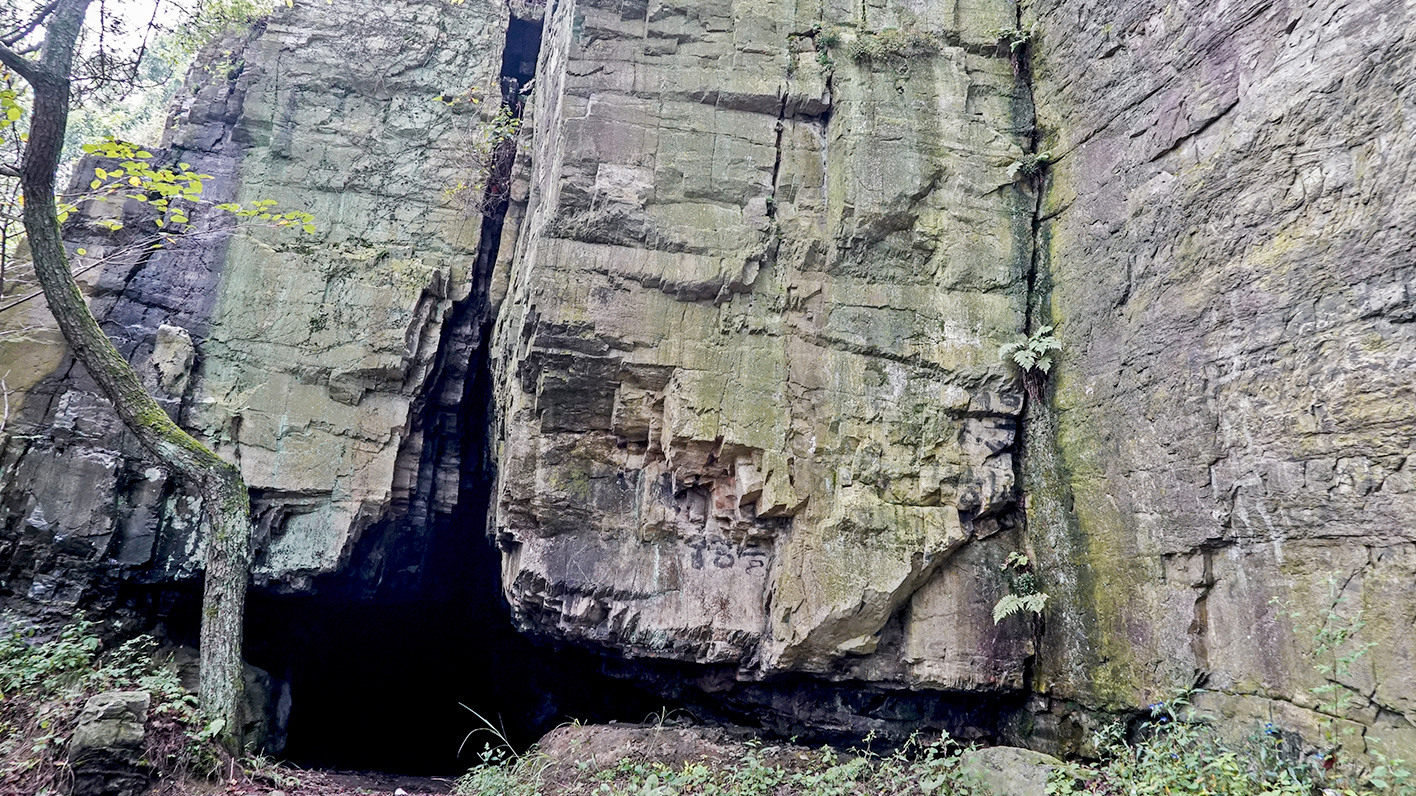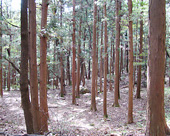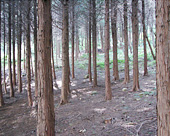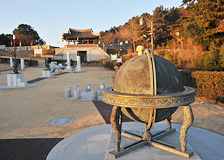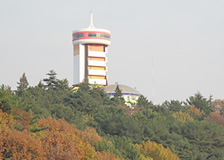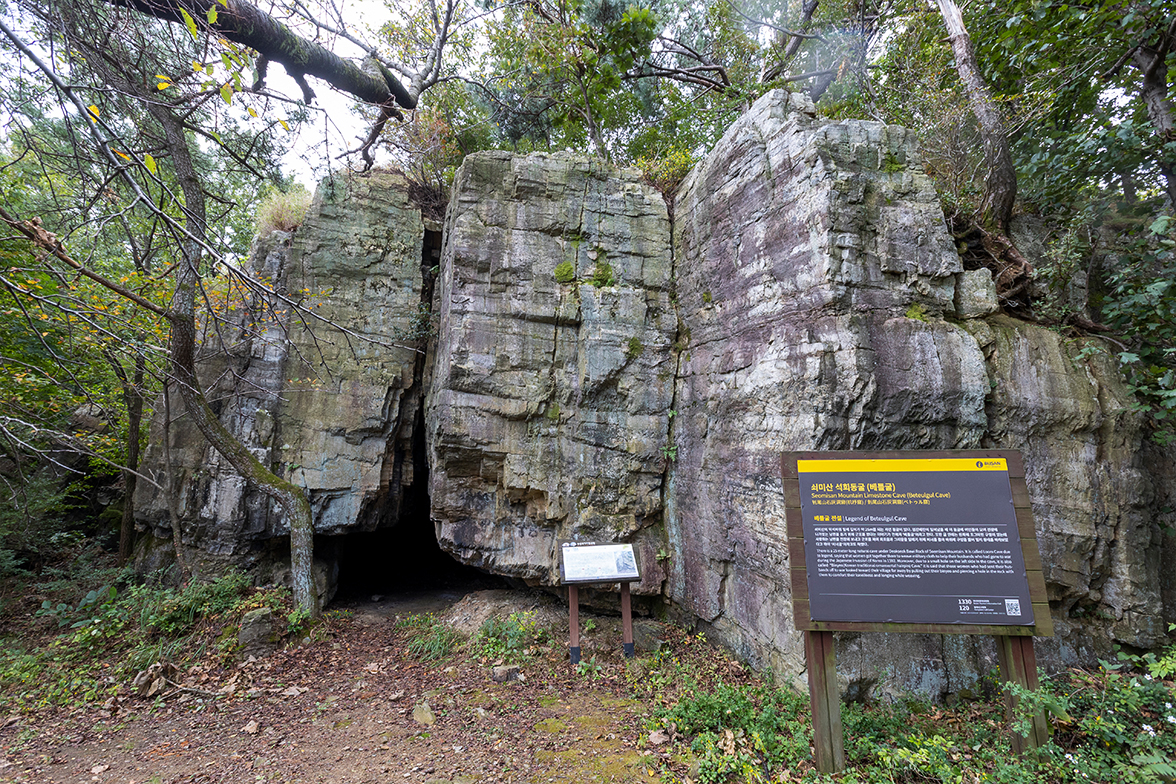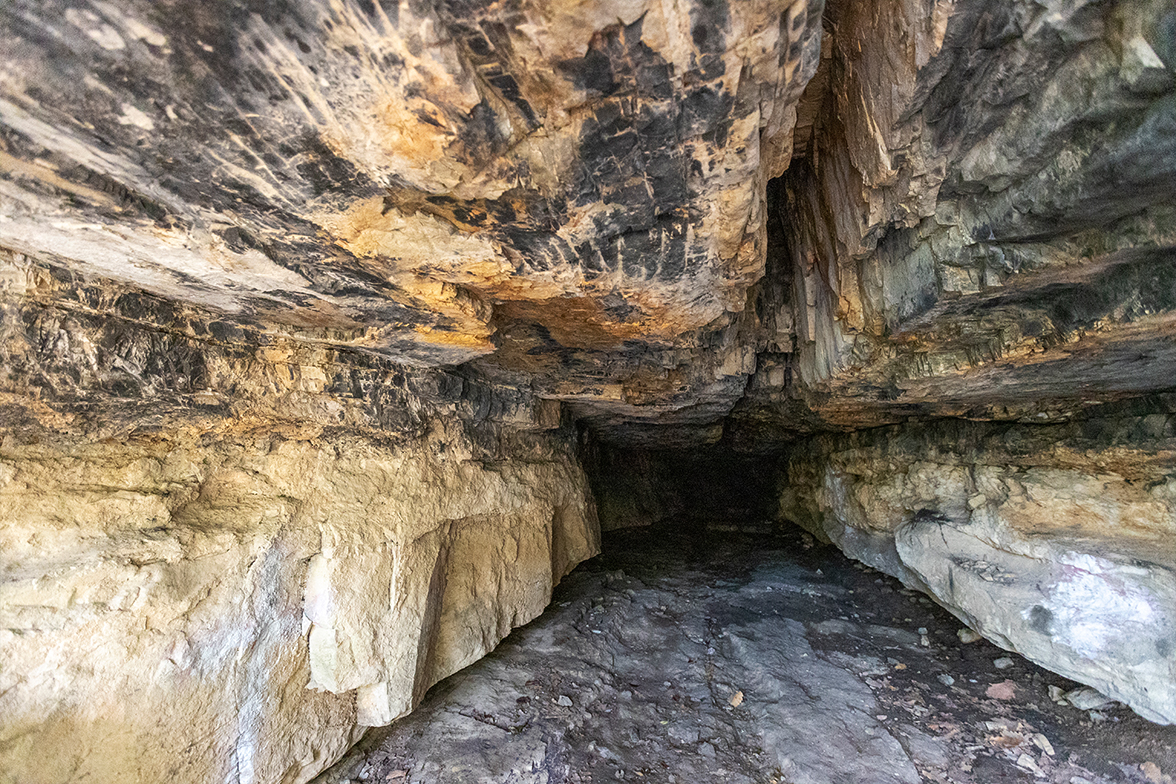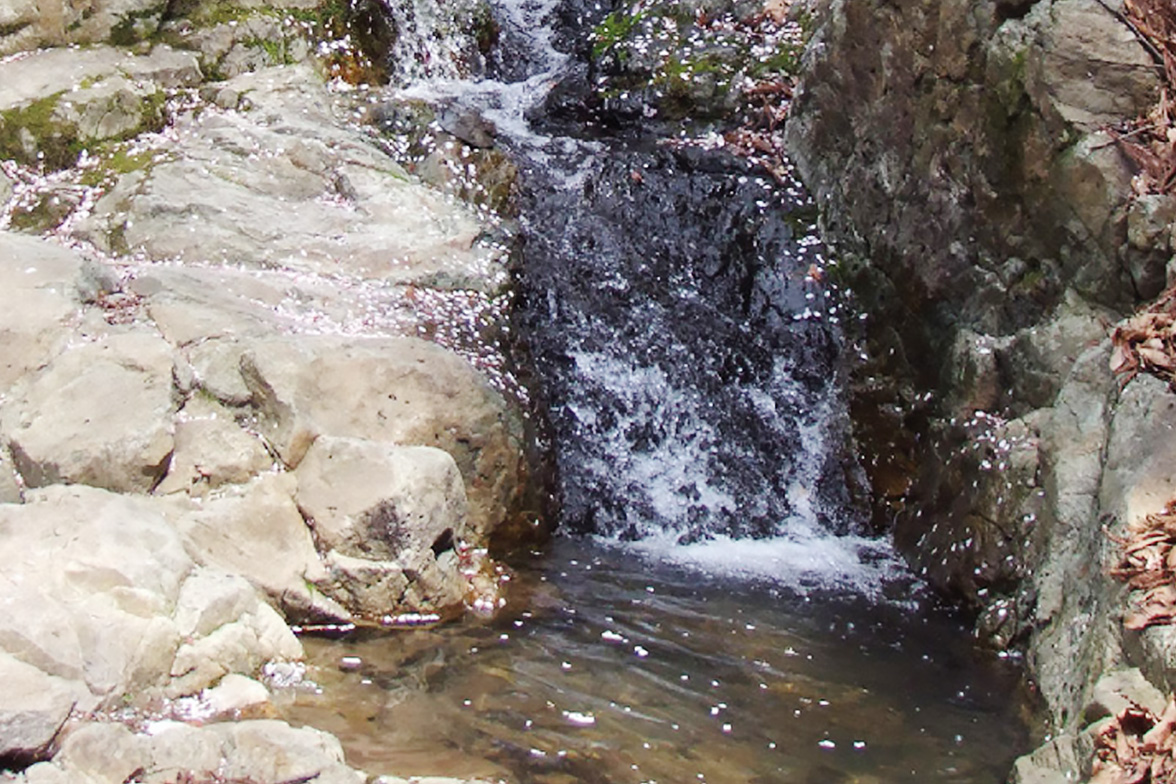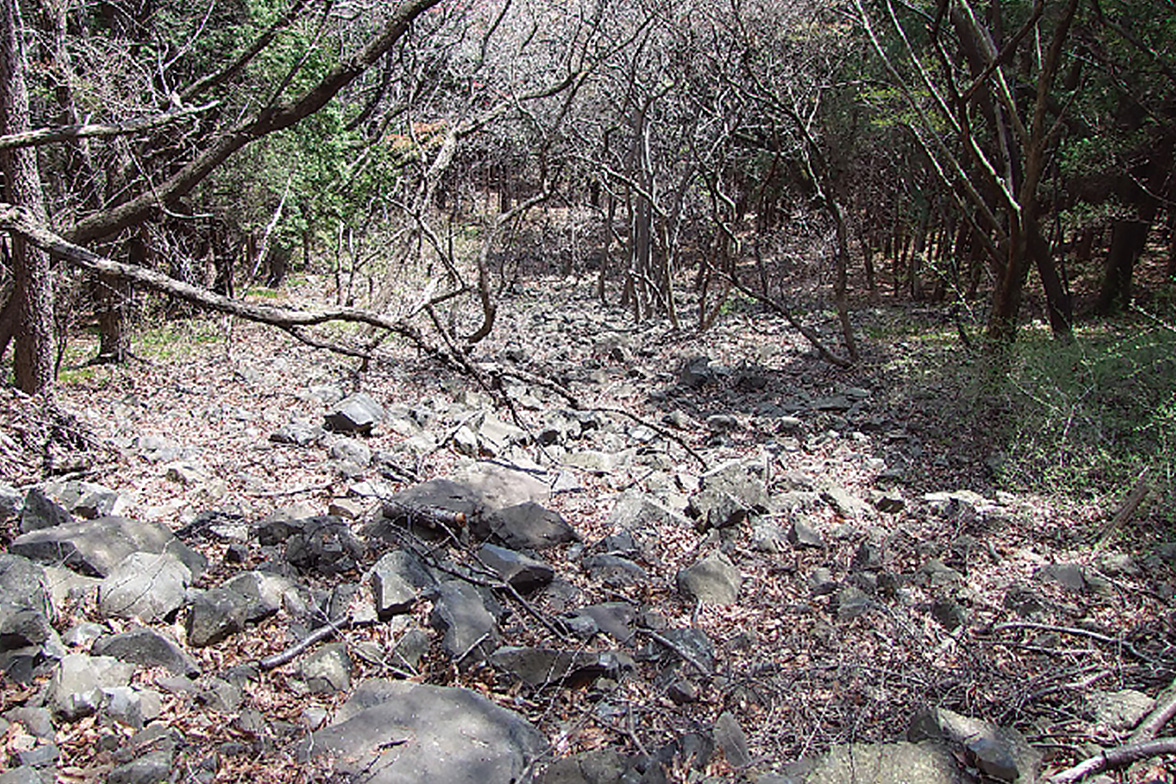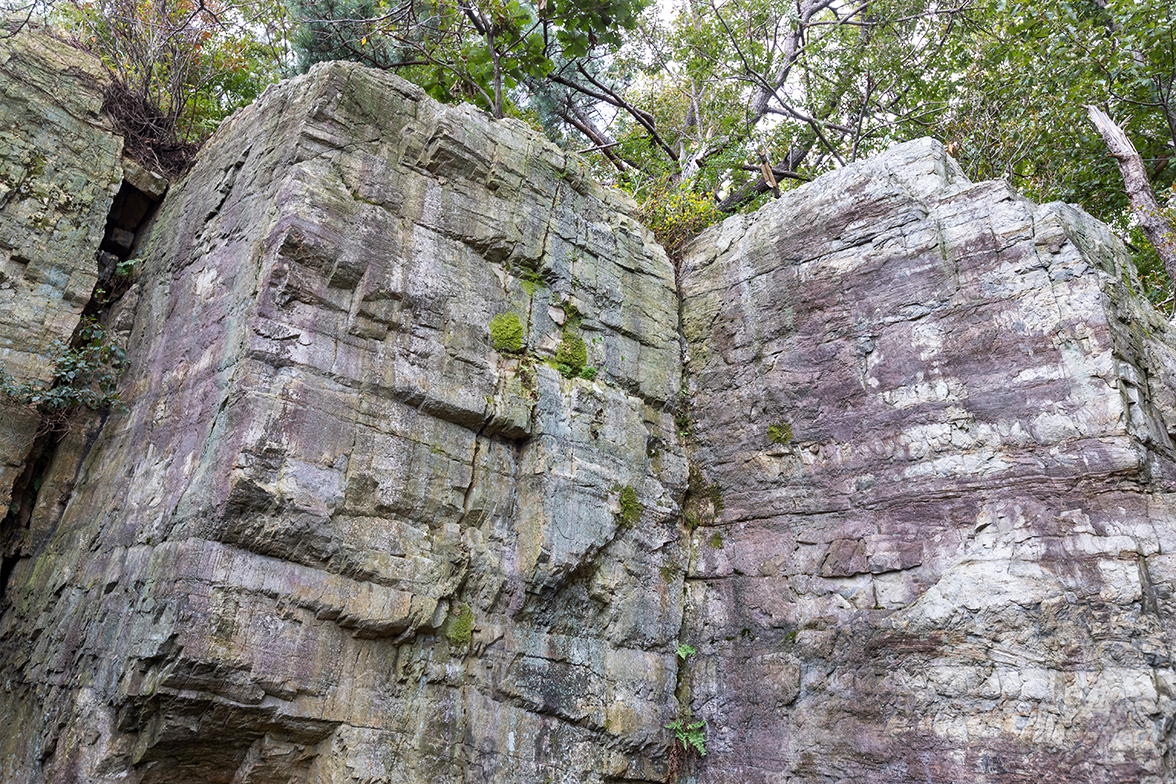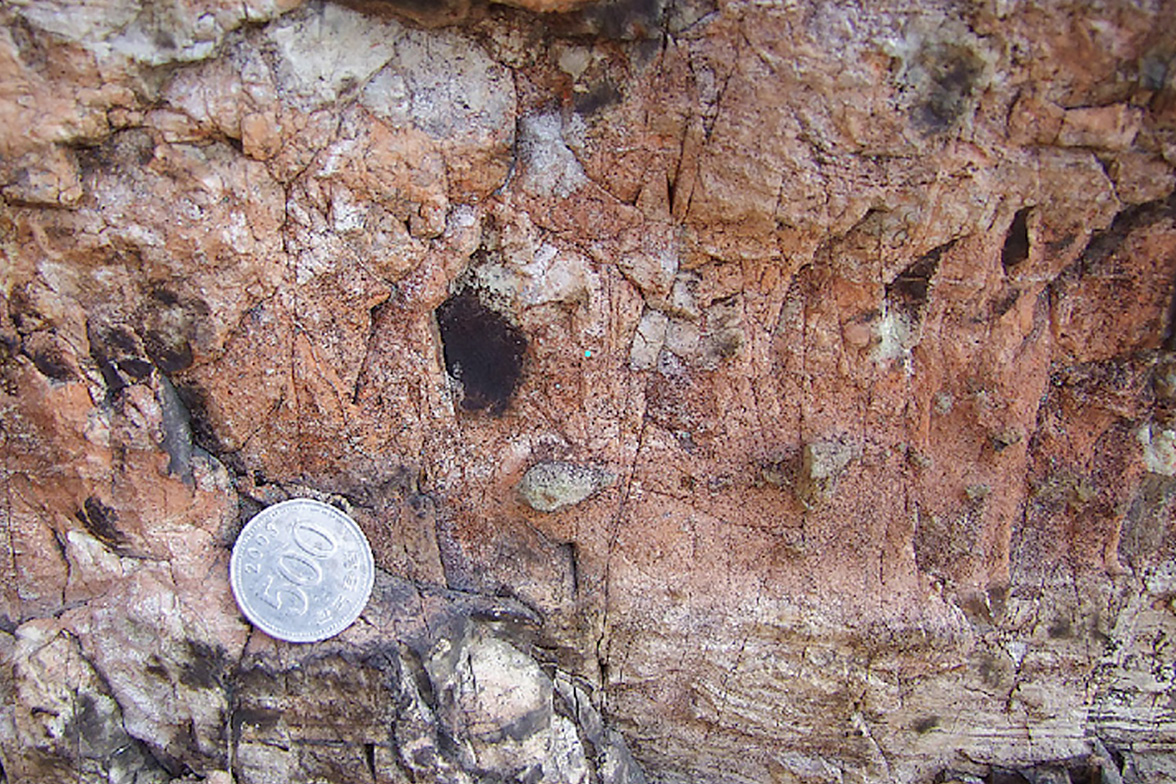Children’s Grand Park
The 4,980,530㎡ Children’s Grand Park, located at the foot of Baegyangsan Mountain, is an urban natural park with dense groves of various trees, including evergreen needleleaf Japanese cedar and cypress. The park, boasting beautiful scenery of varying colors according to the season, is an ideal place for strolling around and enjoying nature. It is also a good venue for meetings and picnics with family and lovers, with diverse attractions and amusements. Further, the park is fully equipped with educational facilities, including Busan Educational and Cultural Center for Students, with cultural and recreational facilities for youths, Children’s Center for science education, and Forest Experience Center.
* Please move left and right to check the contents.
| Entry |
Children’s Center, Student Center, Traffic Education Center |
Summer season (Mar. ~ Oct.) |
10:00~18:00 |
| Winter season (Nov. ~ Feb.) |
10:00~17:00 |
| Walkway and pedestrian passage |
04:00~24:00 |
- 051) 860-7848
- Metro Line
- Take exit 13 of Seomyeon Station on Metro line 1 and 2 and transfer to bus.
- Take exit 8 of Geoje Station on Metro line 3 and transfer to bus.
-
Intra-city bus No. 33, 44, 54, 63, 81, 83-1 and 133 → Get off at “Children’s Grand Park”
